When we go to the beach, it means applying sunscreen – and usually more than once. But while we're doing ourselves a favor and protecting our skin from damaging sun rays, we could be unknowingly harming the oceans. Many sunscreens protect us with chemical UV filters, such as oxybenzone and octocrylene, which are quickly absorbed into our skin and therefore don't leave a white residue. This is where it becomes problematic for the ocean. While we're enjoying ourselves in the water, freshly applied sunscreen washes off, releasing the chemical UV filters into the water. If these filters settle on corals, they cause enormous damage. Corals get their beautiful, vibrant colors from algae that live in symbiosis with them. These algae are killed by the chemical UV filters in many sunscreens. The chemical UV filters also affect the DNA of the corals. As a result, the corals bleach and die. Corals are not only an incredibly important habitat for fish and marine plants, but they also protect us from some natural disasters.
Another environmental problem can be nanoparticles in sunscreens. To reduce the white cast caused by mineral UV filters, these particles are often reduced to nanoscale. Their safety on sensitive skin and children's skin is still debated. If nanoparticles enter the ocean, they can harm fish and impair the growth of important microorganisms.
But since our Nose White is a real know-it-all , he knows how to do it better. We consciously avoid chemical UV filters and instead rely on really good UVA & UVB protection from titanium dioxide & zinc oxide in the non-nano* range – simply because we want to be absolutely sure that our products don't harm either the environment or people. Currently, there is still a need for research on other chemical sunscreens and also on the topic of nanoparticles in sunscreen. Even if the German Federal Institute for Risk Assessment (BfR) concludes that nanoparticles are not a problem for now, we prefer to err on the side of caution. Despite the mineral UV filters, our Nose White barely leaves a white cast; only on areas with more body hair might a slightly visible white film appear, as the cream is less easily absorbed there. But we think that's a small price to pay for protecting the oceans.
We didn't just think about the UV filters in Naseweiss , but also focused on using few and natural ingredients, and consciously avoided fragrances.
*Our non-nano UV filters comply with Regulation (EC) No 1223/2009 of the European Parliament and of the Council of 30 November 2009 on cosmetic products. In this context, nanomaterial means an insoluble or biopersistent and intentionally manufactured material with one or more external dimensions or an internal structure on the scale of 1 to 100 nm.



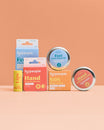
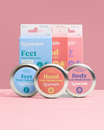
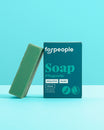

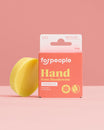
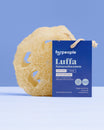
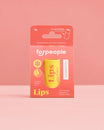
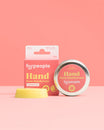
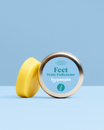

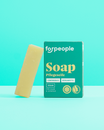
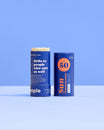
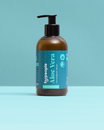


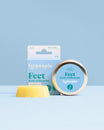
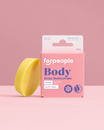
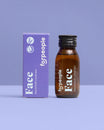
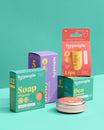



Leave a comment
This site is protected by hCaptcha and the hCaptcha Privacy Policy and Terms of Service apply.